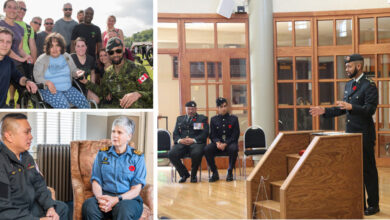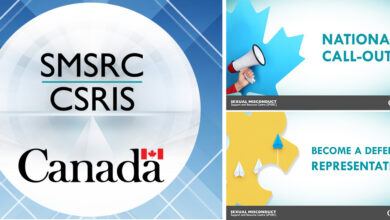Helpful Resources
Help, My Child is a Bully
Finding out your child may be a bully can come as a shock to parents. Deciding what to do with the information, and what your next steps will be can influence positive outcomes for everyone involved.
It’s important to know if your child is indeed a bully. The bully is someone who actively seeks out weaker targets, and purposefully and repeatedly harasses them, with the primary intention of expressing dominance and power through the infliction of harm.
“The bully’s ultimate goal to dominate and control others, so their bullying behaviour is often unprovoked. Kids who bully tend have an average to popular social status. Attacks by bullies are planned and controlled, and targets are chosen because of the reaction and pain cues they give,” said Dr. Neil Gottheil, clinical psychologist, Children’s Hospital of Eastern Ontario and clinical director of Turning Corners Psychological Services, Ottawa.
Gottheil advises parents to take it seriously if your child is being accused of bullying. Gather information from teachers and work with the school staff to help determine the severity of your child’s particular bullying behaviour.
There are different types of bullying including real-world bullying and virtual or cyberbullying. According to Gottheil direct or face-to-face verbal or physical aggression is more common during unsupervised times and more commonly used by boys.
Indirect relational or social bullying takes place behind someone’s back. These type of bullying includes malicious gossip, social ostracism. It is more common among girls, and used more freely than direct bullying during supervised times.
Virtual or cyberbullying is equally common among boys and girls and uses technology such as cell phones and computers to victimize.
When you do confront your child they may ask who told on them and may try to minimize victim suffering. Bullies like the rewards of being more powerful then their victim, and they will not want to give that up. Like any child, bullies do not want to get in trouble, so bullying often takes place in secret.
Gottheil recommends parents, teachers and helping professionals be respectful and non-judgmental when speaking with the bully. Take the time to build a rapport. The bully has to have a set of beliefs that allows them to violate another’s rights.
“There really are some young people who don’t understand the depth of the impact of their behaviours. Talk to your child about how they would feel if they were bullied, then talk to them about how Jane feels when she is bullied. Build their sense of empathy and perspective-taking while sending clear messages that their behaviour is unacceptable,” suggested Gottheil.
On the other hand, there are bullies who know exactly the harm they are inflicting on their victims. They are aware of their own problems. Gottheil suggests aggression in general tends to be valued in society. Television shows and movies glamourize aggression and the power of popularity.
Work with your child to find prosocial ways to redirect their efforts to be powerful, respected and popular. Find a place where they can be the leader in a positive way like a sports team, or volunteer work. Model non-aggressive ways of dealing with difficult situations for your child. Monitor and limit the amount of violence your child is exposed to on television, internet or video games.
When your child acts with kindness and compassion recognize and praise them. He recommends applying reasonable, age-appropriate consequences for bullying behaviour, while avoiding power struggles and displays of your greater power as this further models the use of power to get results.
If the bullying behaviour continues seek support from your family doctor, private mental health clinics, teachers or your local military family resource centre.
Please visit Turning Corners.ca for further information or Family force.ca to connect with your local MFRC.
Get More! Receive six issues of Canadian Military Family Magazine in your mail box for only $17.95! Click here to subscribe NOW.









